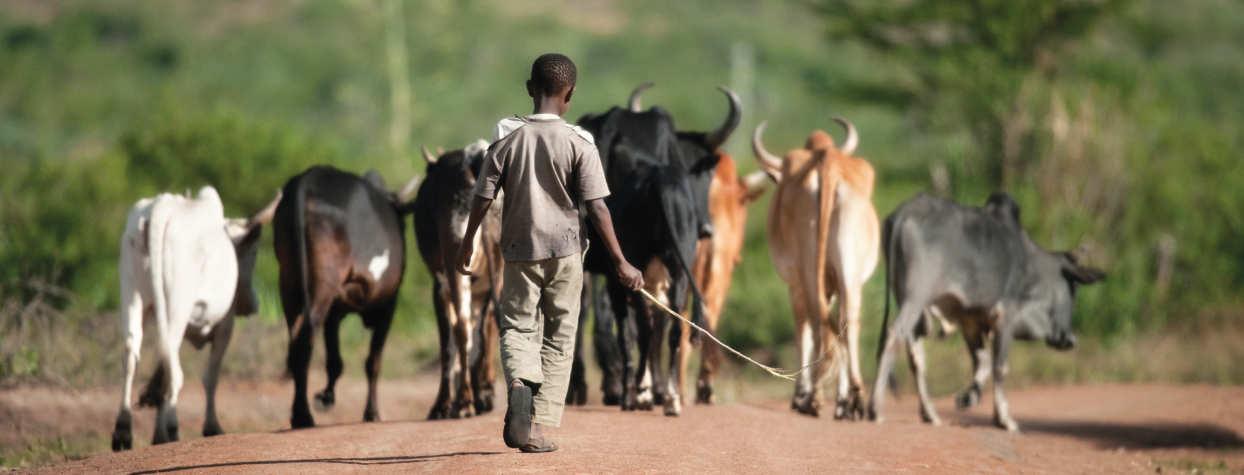
1 minute read
Initiatives to scale up Uganda’s beef production and exports
WITH NEARLY 58% of Ugandan households being dependent on livestock for their livelihoods, cattle is found to be the most important livestock subsector in the country. However, beef production continues to lag behind local demand, and is expected to worsen further as the country’s population is predicted to hit 100 million by 2050.
Analysis from the FAO’s latest Monitoring and Analysing Food and Agricultural Policies (MAFAP) report highlights the need for more and different kinds of incentives and investments to help Uganda fully achieve its beef production and export potential. Valentina Pernechele, economist in FAO's Agrifood Economics Division (ESA) and one of the authors of the report, stated that improving transport links and logistical capacity by investing in meat processing plants and abattoirs would help bring large returns.
The report also identified that prevalence of livestock diseases such as foot-and-mouth disease was another major constraint. However, a number of activities including an annual vaccination programme developed and implemented by members of the national beef platform are already underway to contain transboundary disease outbreaks.
Uganda adopts FFS approach
Scientists at the National Livestock Resources Research Institute (NaLIRRI) and their partners have adopted a Farmer Field School (FFS) approach to improve feed resources for beef cattle in Uganda. A total of about 27 FFS were established across nine districts, each of them effectively participating in a pasture establishment and management cycle, pasture seed production and mechanised hay baling.
NAGRC & DB hand out artificial insemination equipment
As part of its efforts to boost dairy and beef production in Uganda, the National Animal Genetic Resources Centre and Data Bank (NAGRC & DB) has recently provided liquid nitrogen tanks and artificial insemination equipment to Luweero, Gulu, Mbarara, Fort Portal and Njeru districts.
Moreover, regional artificial insemination centres have been set up by the government, thanks to the African Development Bank’s AVCDP project. These centres have necessary facilities for the storage and preservation of extracted semen, which helps farmers save time and cost of transportation.
Some farmers have also began practicing crossbreeding, in order to combine the genetic advantages of exotic and local animals. h










